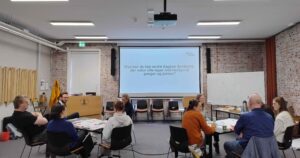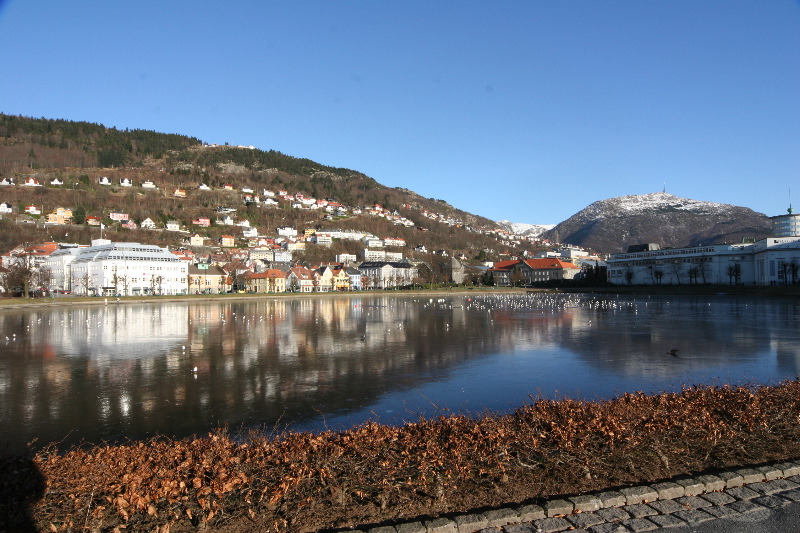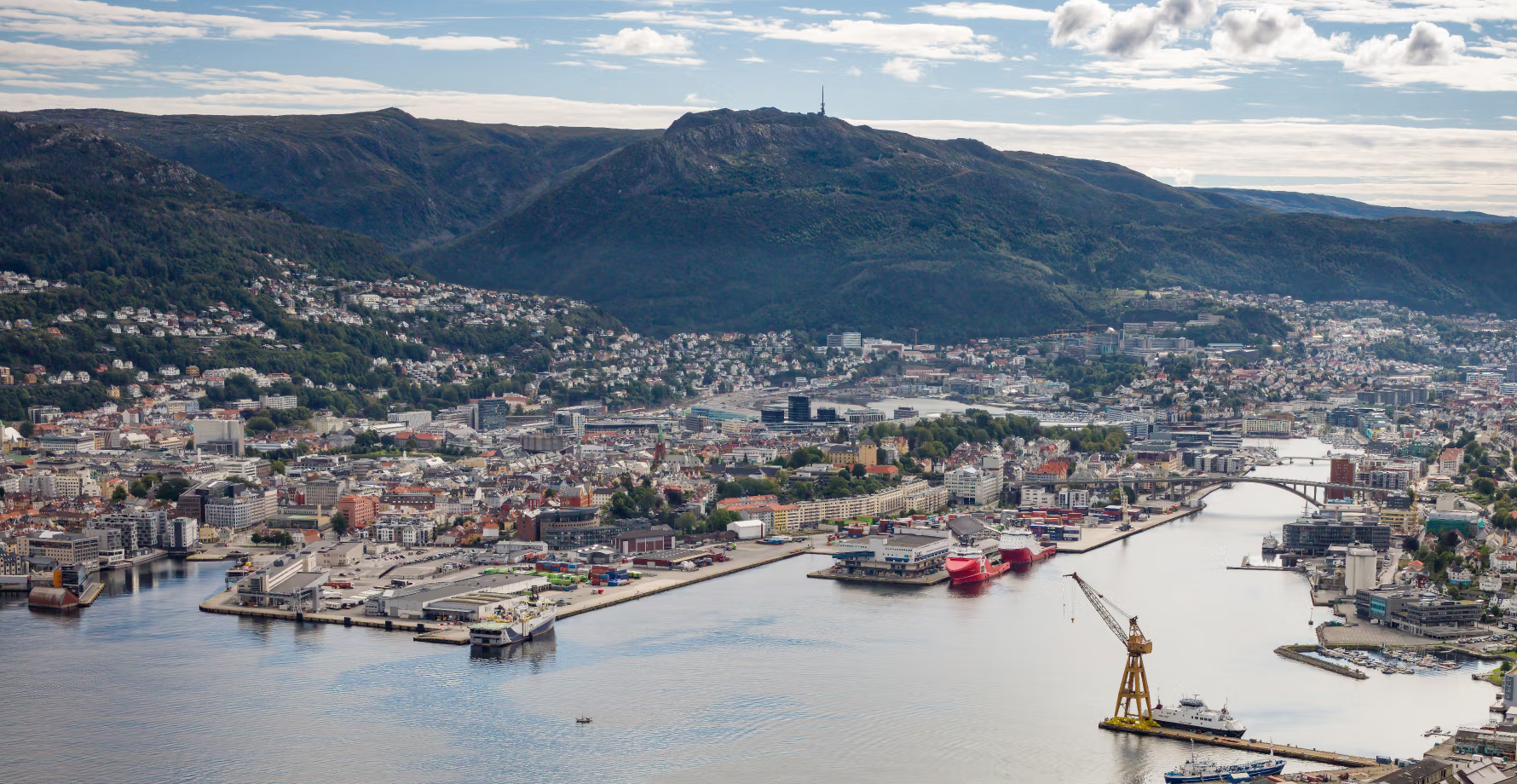Introduction
The Bergen Living Lab (LL), developed within the Horizon Europe PRO-CLIMATE project, is conceived as a regional innovation platform to support sustainable land-use governance and inclusive climate adaptation in Vestland County, Norway.
Located in one of the fastest-developing regions of Norway, Vestland has experienced significant ecological change over recent years. Between 2017 and 2022, over 44,000 small-scale land-use decisions were recorded, contributing to the estimated loss of 79 square metres of nature every minute—a dynamic that has accelerated the so-called “nature crisis” as Norwegian Environment Agency revealed in 2023. Bergen, as the county’s largest city, reflects both the pressures and potential for aligning urban development with sustainability goals, especially in relation to coastal adaptation, land-use planning, and nature-based solutions (NbS).
The LL is coordinated by the University of Bergen. While broader stakeholder collaboration—including with municipal authorities, regional planners, environmental NGOs, and energy providers—is still at an exploratory stage, initial outreach activities and informal exchanges have begun to identify shared priorities. The current focus lies on building trust, clarifying mutual goals, and setting the stage for more formal co-creation processes in future phases.
Key Contextual Challenges in the Bergen Living Lab
Environmental pressures
➚ Increased precipitation and warming trends intensify flood risks and ecological degradation.
➚ Dispersed land-use changes challenge green space protection.
➚ Infrastructure expansion adds pressure on coastal and inland ecosystems.
Socio-Economic Dynamics
➚ Strong socio-economic baseline masks gaps in participation from less-institutionalised groups.
➚ Underrepresentation of rural actors, small businesses, and civil society in spatial planning processes.
Governance Constraints
➚ Conflicting planning priorities between development and conservation.
➚ Decentralisation without strong vertical coordination.
➚ Structural barriers to inclusive engagement, despite formal equality frameworks.
Opportunities for Systemic Change
Early observations and engagement activities have identified the following strategic areas for further development:
- Integrated Land-Use Governance: Facilitating coordination between municipal and regional actors could help address tensions between infrastructure development and ecosystem protection. Co-creation may provide a platform to support better alignment across sectors.
- Inclusive Stakeholder Engagement: Future engagement efforts should move beyond formal consultation requirements, aiming to meaningfully include less-institutionalised and community-based actors, such as rural land users and environmental volunteers.
- Behavioural Change for Adaptation: The application of behavioural tools and participatory models can support shared ownership of adaptation strategies. A digital climate adaptation model developed under PRO-CLIMATE will be tested in upcoming workshops to support practical engagement with planners and citizens.
- Policy Alignment and Local Autonomy: Norway’s decentralised governance allows for adaptation strategies to be tailored to local needs. The LL can explore how regional aspirations in Vestland align with national climate targets while respecting municipal priorities and legitimacy.
As the Bergen Living Lab progresses, the focus will remain on expanding institutional participation, strengthening communication channels, and applying practical tools to support collaborative planning. Upcoming digital workshops will provide a testing ground for new engagement formats and may serve as a catalyst for scaling the Living Lab’s relevance across Vestland County.
Stakeholder Landscape and Roles
The current landscape reveals a set of key actors with varying degrees of involvement and influence:
- Local and Regional Authorities: Bergen Kommune and Vestland Fylke are responsible for spatial planning and environmental management. Øygarden and Askøy municipalities also hold relevant competencies in neighbouring coastal areas.
- Research and Academic Institutions: The University of Bergen, particularly through CET, provides knowledge on climate risk, land-use dynamics, and behavioural change. CET currently coordinates the LL and acts as a key knowledge partner and facilitator.
- National Institutions: Ministries such as Climate and Environment, and Energy and Petroleum, play overarching roles in policy guidance and regulation. Their involvement in the LL is indirect at this stage but relevant for future scaling.
- Civil Society and NGOs: Environmental organisations such as Naturvernforbundet are active in land-use debates and public awareness efforts. Their involvement in the LL so far has been through informal dialogue and one co-creation workshop.
- Private Sector: Large-scale infrastructure and energy actors like Equinor and Statnett are recognised stakeholders with relevance to land-use and environmental planning, though not yet formally engaged.
- Media and Local Communities: Regional media (e.g., NRK Vestland, Bergens Tidende) and resident groups influence discourse on planning and nature protection. Their engagement is foreseen as part of future communication and co-creation phases.
Relevant news items

Living Lab Workshop in Bergen: Co-Creating Climate Adaptation Pathways to 2050
On Monday, May 5th, stakeholders from diverse backgrounds came together in Bergen to participate in a forward-looking scenario workshop as part of the PRO-CLIMATE project’s Living Lab activities. The aim



